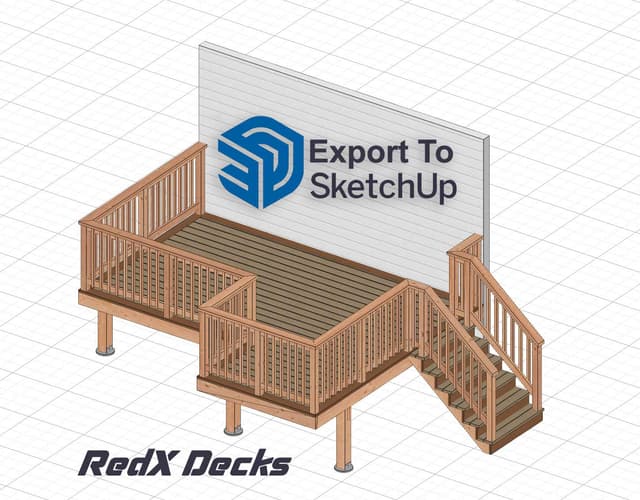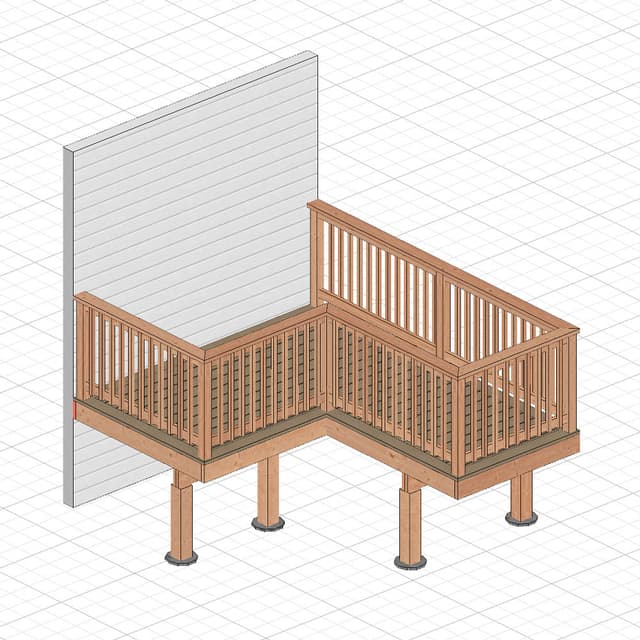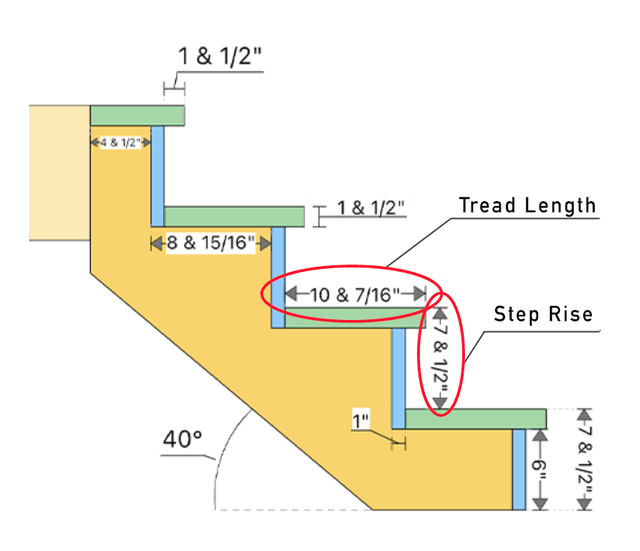Understanding The Anatomy of a Staircase
A staircase has many components from the treads, fascia, stringers and more. Understand some of the terminology related to stairs, railings, and their components
Key Components: Treads, Risers, and Nosings
Understanding Treads, Risers, and Nosings: The anatomy of a staircase begins with understanding its fundamental components. The riser is the vertical surface of the stair, while the tread is the horizontal surface that one steps on. Nosing is the portion of the tread that overhangs the front of the riser. Stair builders often discuss the rise and run of the stair. The rise is the vertical dimension from tread to tread, and the run is the horizontal dimension from riser to riser, excluding the nosing.
-HOwJ3ahqnvliz8UapIjFS5uQqLRLQC.jpeg)
Understanding Railing, Staircase & Everything in Between:
The rail is the part of the railing system that one touches while ascending or descending a staircase. The post, also known as a newel, is the vertical structure connecting the stair or floor to the railing system. Spindles, which are vertical wood or metal structures, are interspersed between posts to provide a safety barrier along the stair system. The shoe is the bottom plate into which spindles or glass are set.
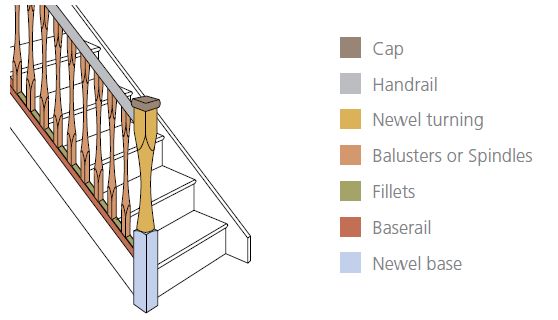
Understanding the Stringer
Stringers are crucial for the support of a staircase, and there are various types. Stringer fascia is the finished surface on the inside vertical surface of a western-style stringer. Stringer capping is the finished surface on the top face of a western-style stringer. Shoe mould is the molding that covers the gap between the shoe and the drywall surface of the wall below where the shoe is installed.
Treads & Stair Designs
Straight vs. Convex Treads
- Straight Tread: A straight tread features a straight nosing with no increased front edge curve.
- Convex Tread: A convex tread has a curved front edge between two stringers.
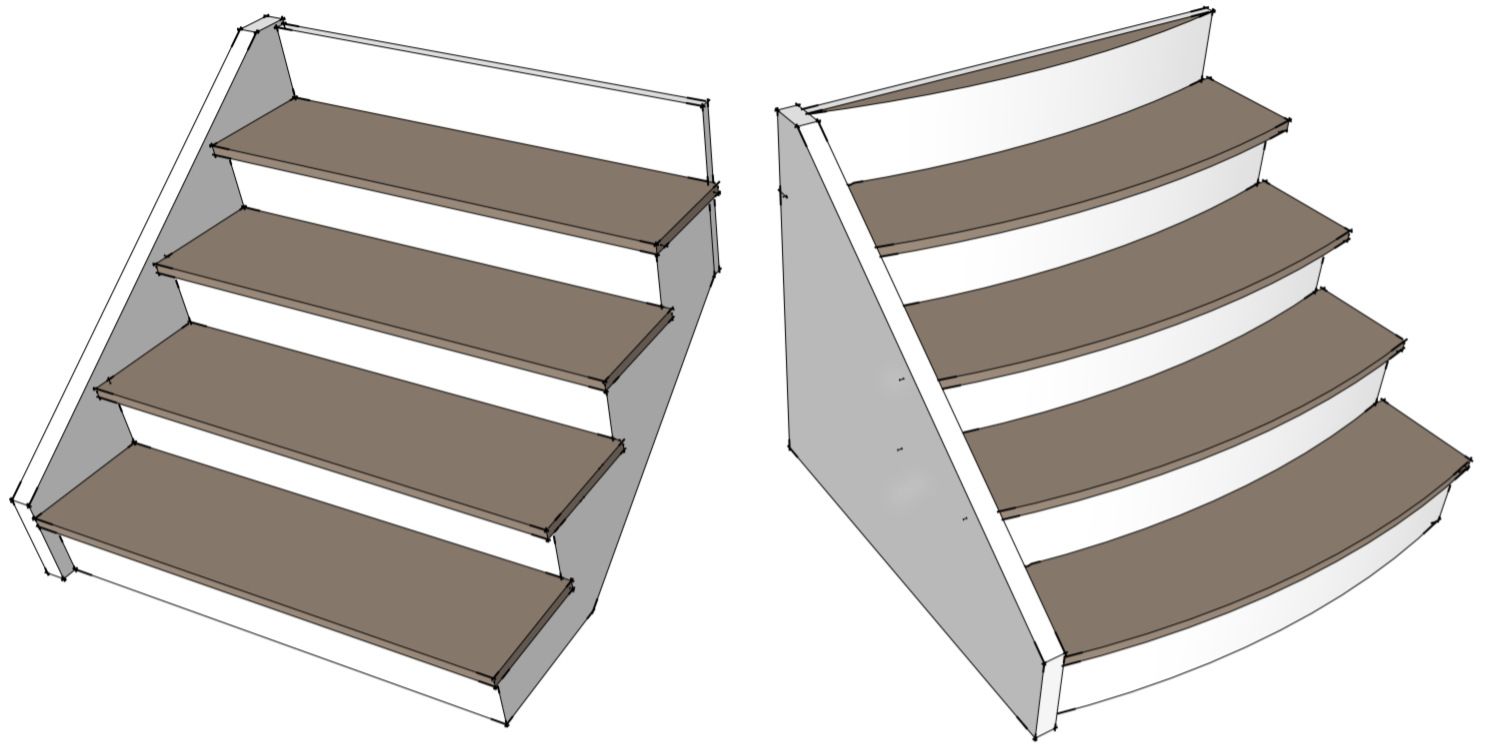
Western Stringers
Also known as closed, routered, or housed stringers, a western stringer appears as a consistent ribbon from the side view, with the treads and risers routered into the inside face of the stringer.
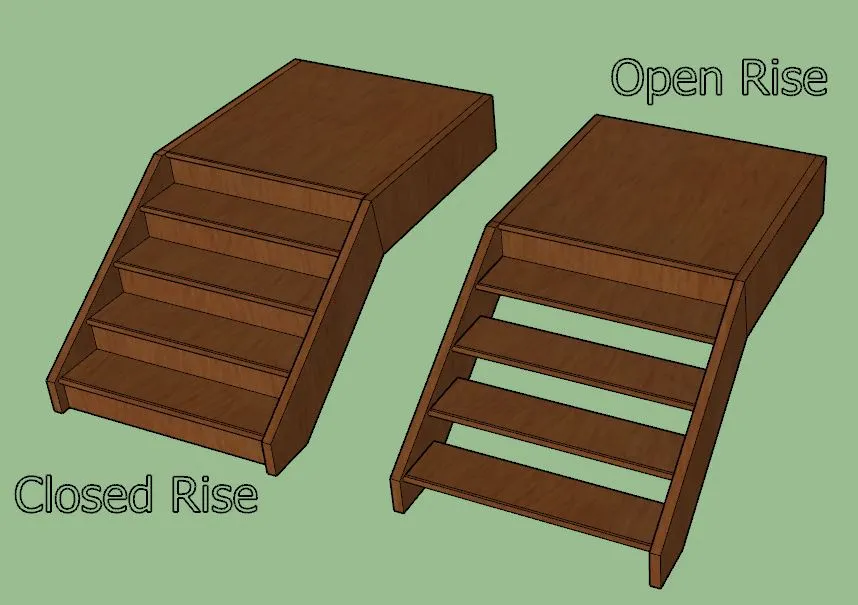
Eastern Stringers
Also called sawtooth or open stringers, an eastern stringer is cut out on the rise and run when viewed from the side.
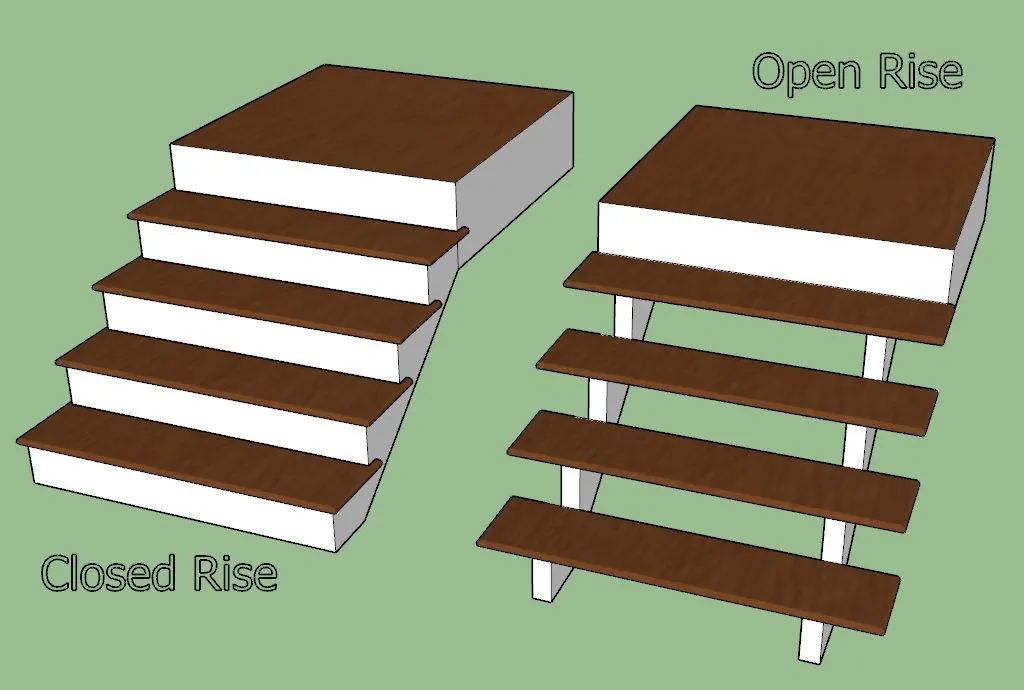
Mono Stringers
A mono stringer staircase uses a single beam-like stringer that supports the center of the treads from below, with no risers present.
By understanding the anatomy of a staircase, one can appreciate the intricate design and engineering that goes into creating a safe and aesthetically pleasing stairway.
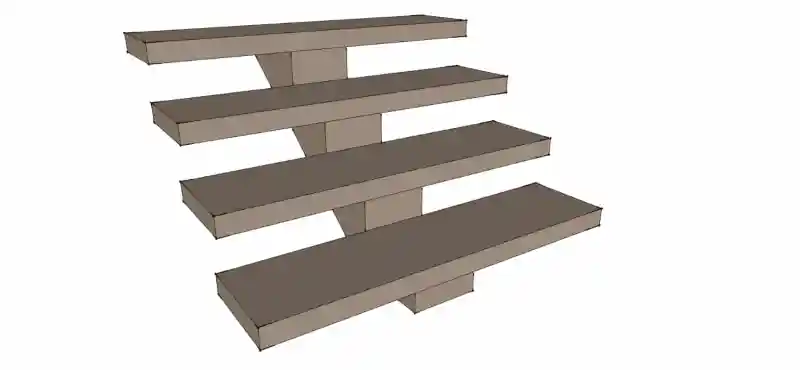
Here is a list of all the stair parts to remember:
- Baluster: The vertical post in a balustrade.
- Balustrade: The collection of rails and posts with a rail along the top that form the waist-height wall to the sides of stairs.
- Hand Rail: A rail on top of the balustrade to aid in climbing up and down the stairs.
- Landing: The flat piece of a stair allowing for rest before climbing again in the same direction or the safe place provided to continue climbing the stairs after a turn.
- Newel Post: The post at the end of a staircase and balustrade.
- Nosing: The front edge of the tread, usually rounded as a safety measure and often in a different finish or material to define the front edge of the treads, making them easier to see and climb. They often have a nonslip nosing to reduce accidents.
Although it may seem challenging, remembering staircase parts is quite simple. Knowing the different parts, their names, and functions will provide a better understanding, especially when speaking to a builder, architect, or any other construction industry professional regarding design project choices.
When you are ready to take on your project head over to the Redx Stairs app to help guide you through the calculation process.
Image Sources:

